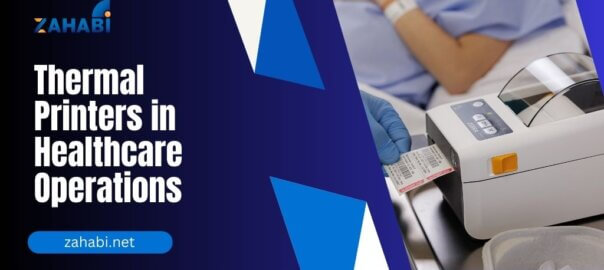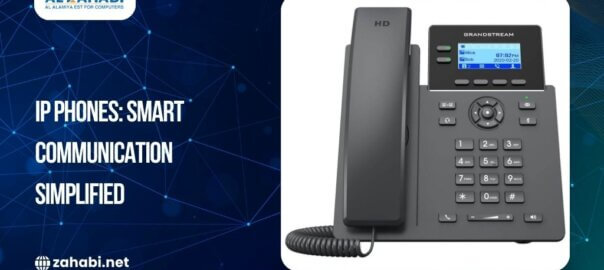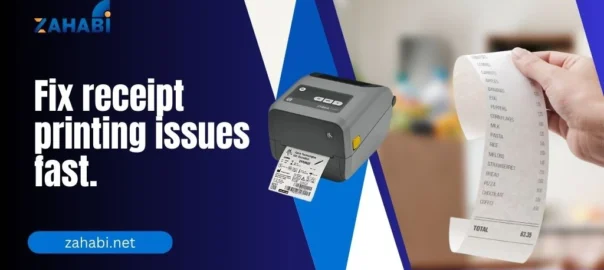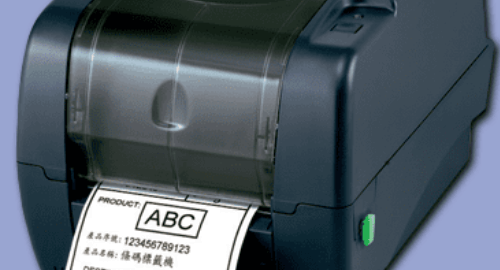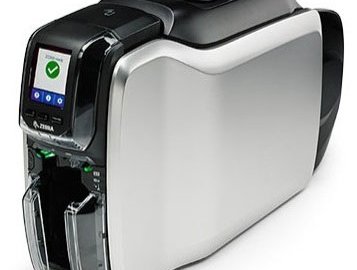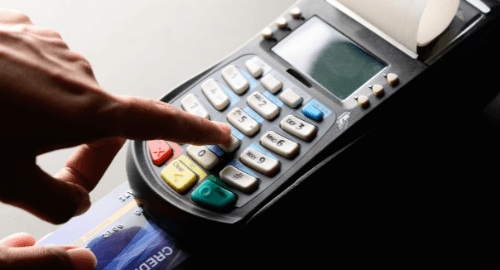
In today’s fast-paced technological landscape, the need for efficient data capture and information management is more crucial than ever. Among the innovative solutions that have emerged, 2D barcodes stand out for their ability to hold vast amounts of information in a compact format. Unlike traditional 1D barcodes, which are limited to horizontal data capture, 2D barcodes utilize both horizontal and vertical space to encode information, making them an invaluable tool across various industries. This blog will explore what 2D barcodes are, their applications, and the benefits they offer.
What Are 2D Barcodes?
2D barcodes are graphical images that encode information in two dimensions. Unlike traditional linear 1D barcodes, which consist of vertical lines representing numerical data, 2D barcodes can contain extensive information—up to 7,000 characters—within the barcode itself. This capability allows them to store various data types, such as product names, descriptions, expiry dates, and more, without needing a connection to a server for retrieval.
Types of 2D Barcodes
The most common types of 2D barcodes include:
- QR Codes (Quick Response Codes): Widely used in marketing and consumer engagement, QR codes can be easily scanned by smartphones to direct users to websites or provide additional product information.
- Data Matrix Codes: Often used in manufacturing and logistics, Data Matrix codes can be printed in small sizes while still retaining high data capacity, making them ideal for product labeling.
Applications of 2D Barcodes
The versatility of 2D barcodes makes them applicable in numerous sectors, including:
Retail
In retail, 2D barcodes enhance inventory management and improve customer experience. For example, grocery stores can implement 2D barcodes on perishables to provide detailed information, such as batch numbers and expiry dates. This not only reduces food waste but also enhances traceability.
Healthcare
In the healthcare industry, 2D barcodes play a crucial role in patient safety and medication management. They can be etched onto small medical devices or used on medication packaging to ensure accurate tracking and authentication.
Logistics and Warehousing
2D barcodes streamline operations in logistics and warehousing by enabling quick scanning of products upon arrival. This efficiency reduces the need for manual data entry and minimizes errors, thereby optimizing the supply chain.
Pharmaceuticals
In the pharmaceutical sector, 2D barcodes are particularly beneficial for small containers. They can store critical information such as serial numbers, batch details, and URLs for further product information, all in a compact format.
Benefits of 2D Barcodes
The advantages of using 2D barcodes are substantial:
- High Data Capacity: 2D barcodes can hold significantly more information than traditional barcodes, allowing for detailed product information in a single scan.
- Ease of Scanning: Unlike 1D barcodes that require precise alignment during scanning, 2D barcodes can be scanned in any orientation, making them more user-friendly.
- Robustness Against Environmental Factors: 2D barcodes can be scanned in various lighting conditions, including bright sunlight, where traditional laser scanners might struggle.
- Integration with Mobile Technology: With the rise of smartphones, 2D barcodes can be easily scanned using mobile devices, facilitating quick access to information for consumers and businesses alike.
Conclusion
As industries continue to evolve and adapt to new technologies, 2D barcodes offer a powerful solution for data capture and management. Their ability to store extensive information, combined with their versatility across various applications, makes them an essential tool in modern operations. By incorporating 2D barcodes into their processes, businesses can enhance efficiency, improve traceability, and ultimately deliver better service to their customers. Embracing this technology will not only streamline operations but also prepare organizations for the future of data management.

